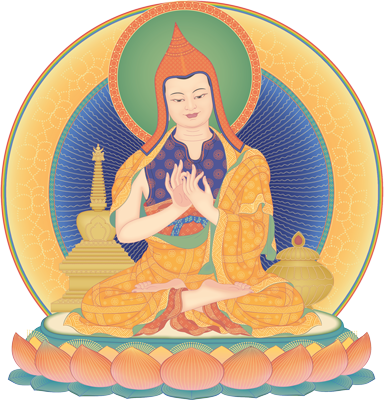
The First Key Point
Practice 3: Karma, Cause, and Result
“Our heart’s desire is happiness, yet we engage in actions that produce suffering. We don’t want to suffer, yet we’re constantly accumulating the causes for suffering. When we look at our actions closely, we’ll see that what we want and what we do are often in opposition to each other. If we had the true causes of happiness and no causes for suffering, that would already be our experience. Consider every action to be like planting a seed in the ground of consciousness. When the conditions supporting its growth unfold, it manifests as our experience.”
– Khentrul Lodrö T’hayé Rinpoche
Root Text

First Key Point: Preliminaries, The Support For Practice
1. First, train in the preliminaries.
Resources

Required Reading
- The Power of Mind: A Tibetan Monk’s Guide to Finding Freedom in Every Challenge by Khentrul Lodrö T’hayé
- Daily Practice Instructions
Optional Reading
- The Great Path of Awakening by Jamgon Kongtrul
- Enlightened Courage by Dilgo Khyentse
Assignments

Assignment 1
- Listen to the recording for this practice, Cause and Effect.

Assignment 2
- Read the corresponding passages in The Power of Mind: A Tibetan Monk’s Guide to Finding Freedom in Every Challenge by Khentrul Lodrö T’hayé, pp. 34–40.
- Additional Optional Reading:
- The Great Path of Awakening by Jamgon Kongtrul
- Enlightened Courage by Dilgo Khyentse

Assignment 3
- Read the Daily Practice Instructions.
- Spend two days integrating an awareness of karma, cause, and effect into whatever you are doing throughout the day.
- In addition, integrate this practice into a brief formal meditation.
Daily Practice Instructions

Assignment 4
- Use a journal to document your reflections on this week’s practice.
- Are there any insights, experiences, or questions you would like to share in the discussion box below?
